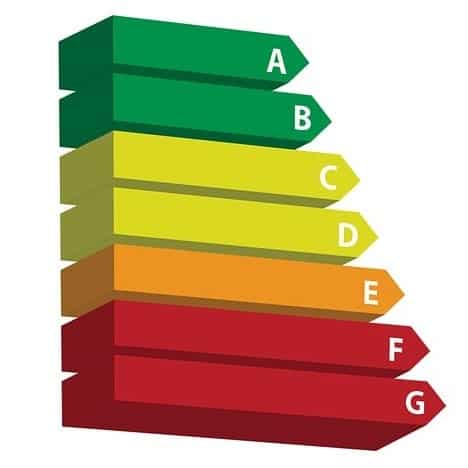5 Tips to Reduce Heat Loss in Your Home
Table of Contents
Keeping your home warm during the colder months can be a challenge. If your home is draughty or poorly insulated, heat can be lost, leading to higher energy bills and an uncomfortable living space. Fortunately, there are several ways to minimize heat loss and make your home more energy-efficient throughout the year. Here are five tips to help you keep the warmth inside and the cold out.
Improve insulation
Heat can easily escape through your home’s walls, floors, and ceilings. One of the most effective ways to prevent this is ensuring your home is well insulated. Have an insulation firm install good quality insulation in your attic, walls, and floors. This investment will save you money on your energy bills and create a more comfortable home environment.
Seal the gaps
Even a well-insulated home can lose heat through small gaps around doors, window frames, and air vents. Sealing these gaps is essential to minimize heat loss and make your home more energy efficient. Use caulk or weather stripping around windows and doors to prevent the cold air from seeping in. Seal any gaps in floorboards or skirting boards and consider buying a draught excluder (or using a small towel) to stop larger gaps beneath doors.
Upgrade your windows and doors
Windows and doors play a significant role in heat retention. If your home still has old, single-glazed windows fitted, you might be losing a lot of warmth through the glass. Consider upgrading to double or triple-glazed panes, or even UPVC windows to reduce heat loss. Thermal curtains or blinds can also provide an extra layer of insulation.
Insulated doors contain insulation material such as polyurethane foam within their core, preventing cold draughts and making your home warmer. Although upgrading your fittings can cost a hefty sum the lower heating bills and increased comfort will be worth it in the long run.
Use heating efficiently
Using your heating system efficiently will save you money and keep your home warm when you need it. Keep your thermostat on a timer to warm your home when you really need it, such as first thing in the morning and before you go to bed. You don’t need it cranked high when you are out of the house or sleeping. Remember to keep doors closed to retain warmth in heated rooms.
Use natural heat
Take advantage of the free heat from the sun to warm your home naturally. Open your curtains and blinds during the day to let sunlight in and close them at night to trap warmth. By harnessing this natural heat, you can reduce your reliance on artificial heating and lower your energy bills.
In summary, it is easy for any homeowner to reduce heat loss in their home with the right techniques. Focus on improving your insulation, sealing up gaps, and using your heating system as efficiently as possible. By following these methods, you will not only enjoy a warmer and more comfortable home, you will also reduce your carbon footprint and save a great deal of money in the long run.


